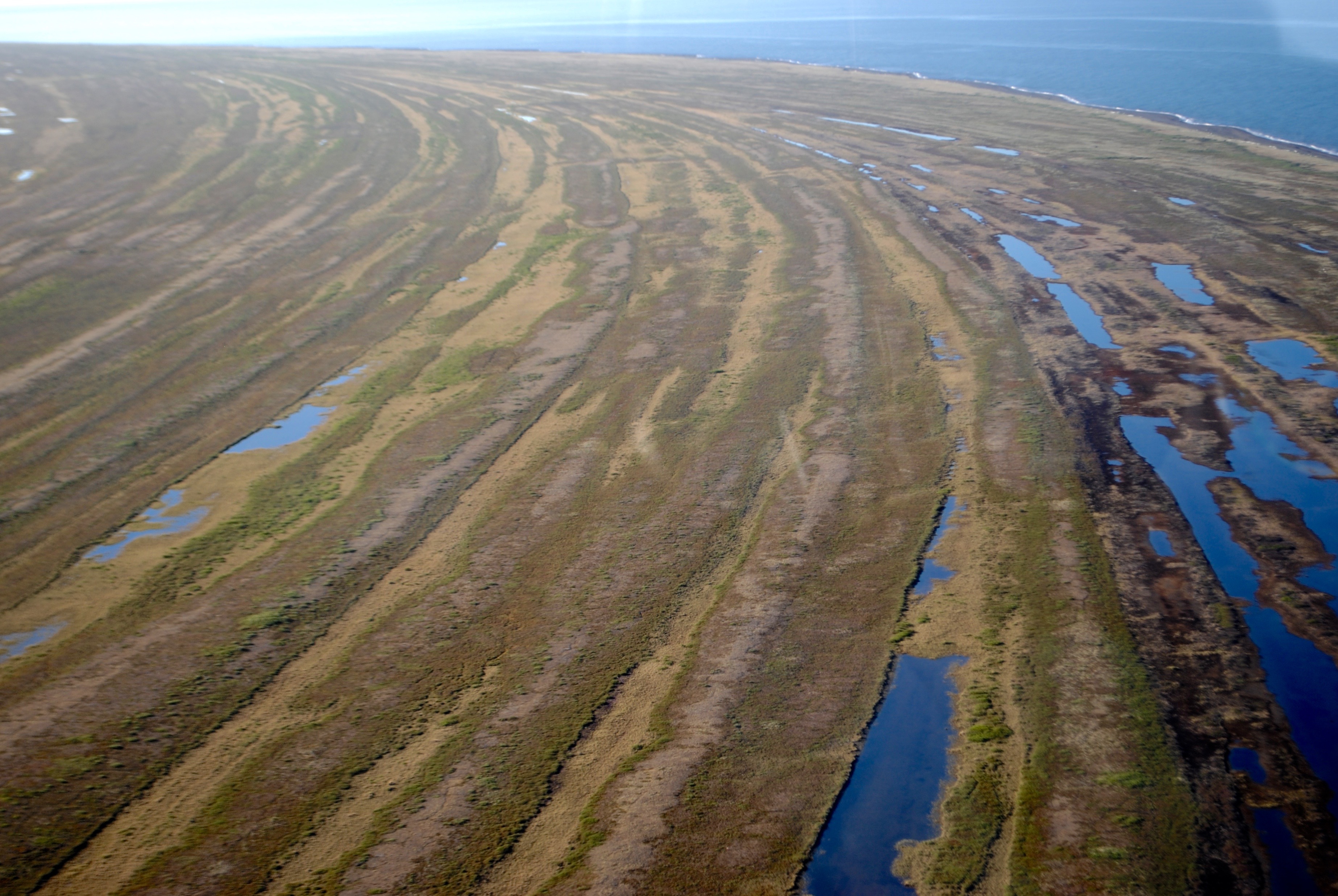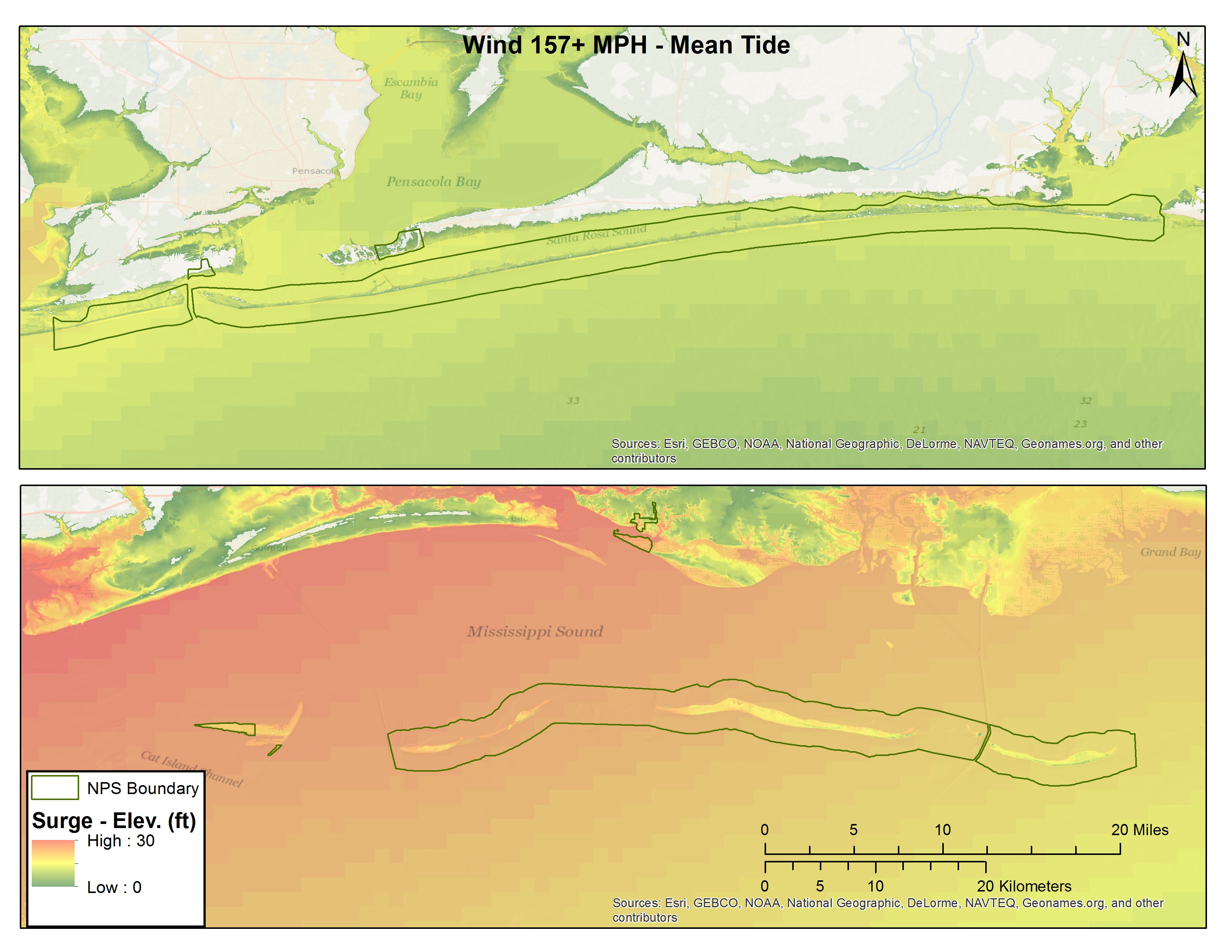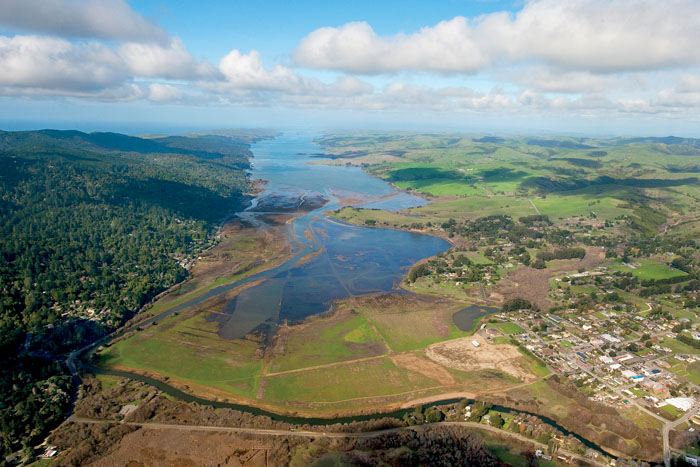The Need for Storm Recovery Plans, Cape Lookout National Seashore, North Carolina

Photo attributed to the NPS/Michael B. Edwards. Incorporated here under a Creative Commons Attribution 2.0 Generic License. No endorsement by licensor implied.
Posted by
Rachel GreggProject Summary
Cape Lookout National Seashore is regularly impacted by hurricanes and other storms. To improve park management, the park needed to develop a post-storm recovery plan to ensure wise fiscal decisions and management of public expectations for what facilities and services can be restored following these major events.
Background
In August 2011 Cape Lookout National Seashore was impacted by Hurricane Irene. The Long Point area of the park is a major hub of visitor and park operations on North Core Banks, one of three major islands in the park. Long Point serves as the primary access point for visitors arriving on the passenger/vehicle ferry to North Core Banks and for park operation vessels. Facilities at this site include 10 rustic rental cabins (20 rental units) for visitors, and additional buildings used for park operations including resource management, research, and law enforcement.
Implementation
The current park planning documents provide no guidance on how post-storm recovery should be handled beyond an Incident Response and Recovery Framework. The National Park Service (NPS) response to prior storms has been to rebuild in-kind. In the hectic weeks following Hurricane Irene, as the park worked to restore the park in time for the peak visitor season, the park decided to dredge the shoaled-in harbor and to rebuild the visitor and operational facilities at Long Point.
This event has underscored the need for storm recovery planning and the associated public dialogue to manage expectations about the resource impacts, costs, and recovery time for park facilities. It is critical that this planning and dialogue occur well ahead of storm events to avoid decisions being made in the “reaction-mode” that occurs after storm events. Furthermore, the plans will allow for careful consideration of the fiscal impacts of rebuilding facilities in high risk areas. Increased storm intensity and frequency related to climate change are expected to heighten the urgency of these issues.
Outcomes and Conclusions
The park has identified several specific goals for the near future:
- Public dialogue on the future of these types of facilities and access to the park
- Further NPS guidance and policies related to storm damage and rebuilding in high-risk areas
- Development of post-storm recovery plans in order to avoid reactionary decision making
- Managing the public’s high expectations for the park to rebuild facilities
-------
This case study is part of the 2015 National Park Service report, Coastal Adaptation Strategies: Case Studies. These case studies initially were developed by park managers as part of a NPS-led coastal adaptation training in May 2012. The case studies follow the format created for EcoAdapt’s Climate Adaptation Knowledge Exchange (CAKE) database, including a list of adaptation strategies. All case studies were updated and modified in September 2013 and March 2015 in response to a growing number of requests from coastal parks and other coastal management agencies looking for examples of climate change adaptation strategies for natural and cultural resources and assets along their ocean, lacustrine, and riverine coasts.
Citation
Kenney, P. (2015). The Need for Storm Recovery Plans, Cape Lookout National Seashore, North Carolina [Case study on a project of Cape Lookout National Seashore]. Excerpted from Schupp, C.A., R.L. Beavers, and M.A. Caffrey [eds.]. 2015. Coastal Adaptation Strategies: Case Studies. NPS 999/129700. National Park Service, Fort Collins, Colorado. Retrieved from CAKE: www.cakex.org/case-studies/need-storm-recovery-plans-cape-lookout-natio…;(Last updated November 2015)
























